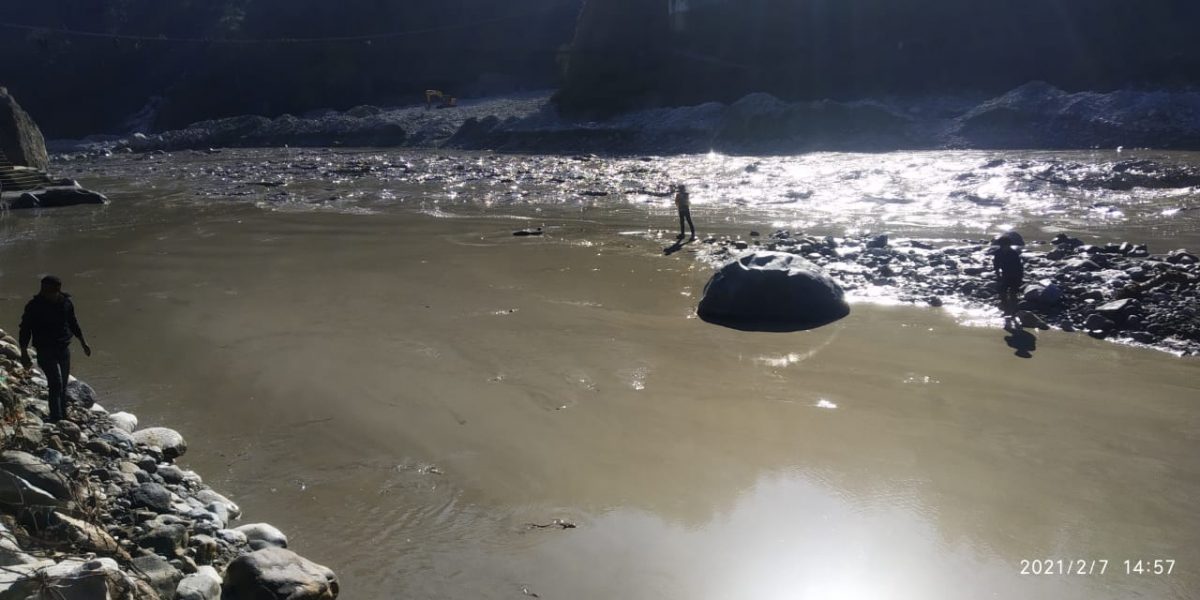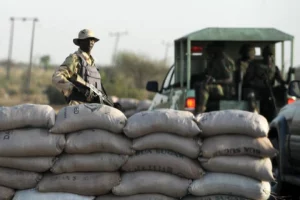Richa Verma
Another tragedy hit Uttarakhand on 7 February 2021 when a glacial lake outburst flood occurred, resulting in loss of lives and infrastructure. Uttarakhand, also known as ‘Devbhoomi’ – the land of Gods, is one of the most vulnerable states in India due to its geography and a fragile mountainous landscape. The state has witnessed a number of earthquakes, landslides, cloudbursts, avalanches in the past.

The natural disaster will lead to a number of socio-economic and environmental impacts. Two major economic activities in Uttarakhand include tourism and hydropower generation. With the tourism sector already under pressure due to the Covid-19 pandemic, the latest natural disaster has stuck its hydropower infrastructure.
The specific cause for this natural calamity is yet to be ascertained but one thing which is undeniable is that we are facing the impacts of climate change. The floods happened due to an avalanche in the Tapovan area, leading to debris blocking the river and eventually breaching the blockade, causing floods. The glaciers are receding due to climate change and sometimes when the glacier recedes, it results in lake formation. A lot of debris and ice can be trapped in the process.

The region experienced a lot of snowfall over Friday and Saturday. However, on Sunday the sky was clear which resulted in fast melting of snow. The glacial lakes which are already under pressure with trapped debris and ice can be breached when the water level increases leading to Glacial Lake Outburst Floods (GLOFs). It is important to note here that such floods are not a common phenomenon during the winter season and are prone during monsoons with heavy rainfalls. The timing of this tragedy is alarming and can be linked to the effects of climate change.
Climate change remains one of the most complex challenges the world faces. Record-breaking global temperatures, atmospheric greenhouse gas (especially carbon dioxide) concentrations, and rising sea levels, are constantly being reported. The World Economic Forum’s, Global Risks Report 2020 identifies climate action failure as one of the top five global risks both in terms of likelihood as well as its impact. Globally, more intense hurricane, monsoon and drought seasons are causing great loss to countries and communities.

Currently, the most important step is mitigation. Rescue operations, evacuations and saving lives is an immediate priority. However, the next step is to ensure that the region is well prepared for such events. The Himalayan region is highly vulnerable to the effects of climate change and it has major impacts on the hydrogeology of the country. The region needs to be properly mapped and monitored regularly and in real-time to develop early warning systems to improve preparedness for such events in the future.
(All photographs under special arrangement)
(Richa Verma is managing carbon programmes of Micro Energy Credits in India and Africa. She has earlier worked with the Ministry of Environment, UNDP India and United Nations Framework Convention for Climate Change)




















